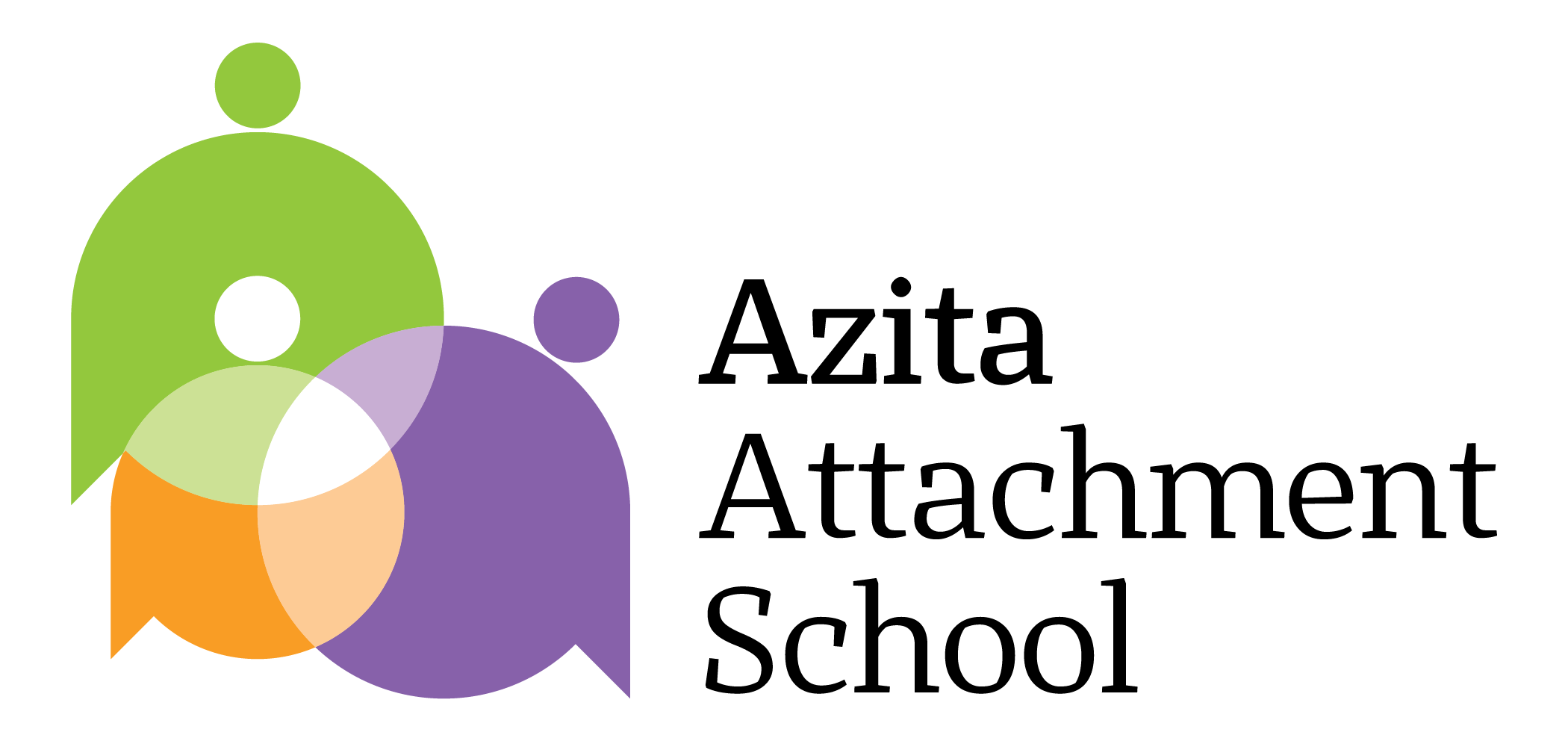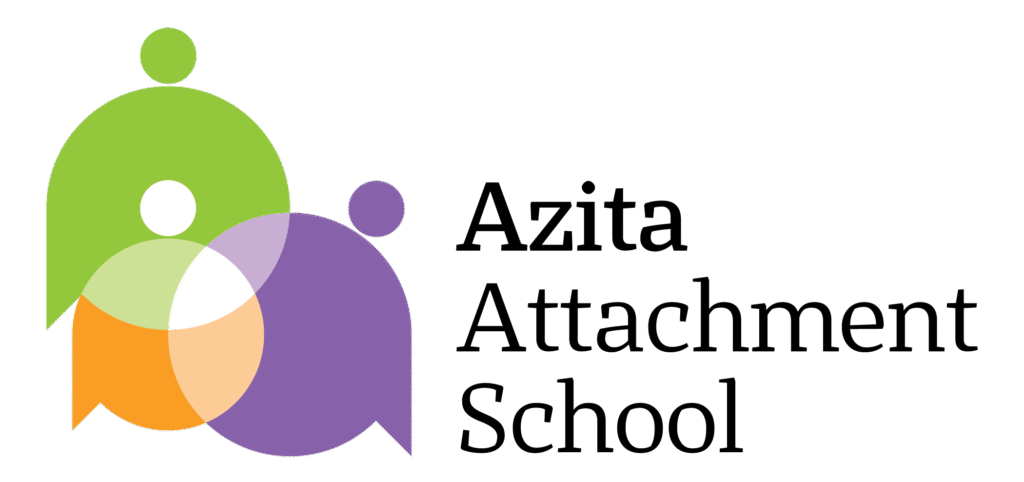Parent coaching empowers families to strengthen relationships and manage challenges. Learn about types of services, global research, case studies, and selection criteria.
Introduction
Parenting is one of the most rewarding yet challenging roles in life. Many modern parents face issues that traditional methods cannot solve—from children’s anxiety and aggression to digital dependency and family conflicts. This is where parent coaching comes in.
Parent coaching is not about judgment or one-way teaching; it is a collaborative process that empowers parents to make conscious decisions tailored to their child’s unique needs.
Historical Background and Research
- 1980s: The concept of “parent education” emerged, focusing mainly on providing information.
- 1990s onward: With the growth of positive psychology, parent coaching evolved, emphasizing dialogue, individualized solutions, and long-term support.
- Research shows that parents who engage in coaching:
- Report lower levels of parental burnout (Spence, 2016).
- Develop warmer, more positive relationships with their children (Coatsworth et al., 2018).
- Gain greater confidence in handling parenting challenges.
Types of Parent Coaching Services
- Individual Coaching: One-on-one sessions tailored to the family’s needs.
- Group Coaching: Learning alongside other parents facing similar challenges.
- Online Coaching: Remote sessions via video or phone, ideal for busy or immigrant parents.
- Specialized Coaching: For divorce, blended families, children with special needs, or cultural transitions.
- Hybrid Programs: Combining sessions, workshops, and follow-ups.
Global Data
- In the U.S., the parent coaching market doubled between 2020 and 2024 (IBISWorld).
- In the UK, 45% of parents reported using counseling or coaching services in the last five years.
- In Iran and other Middle Eastern countries, demand for online coaching and webinars has surged with social media growth.
Case Study
Sarah and Ali, parents of a 13-year-old boy:
Their son was heavily addicted to his smartphone, staying up late and losing focus in school. Family conflicts escalated. Through coaching, they learned how to set digital boundaries without shouting or punishment. Within three months, their son’s sleep and academic performance improved, and the home environment became calmer.
Criteria for Choosing the Right Parent Coach
- Training and Credentials: Certification from recognized bodies (e.g., ICF, or academic background in child psychology).
- Practical Experience: Proven success stories and work with diverse families.
- Scientific Approach: Using attachment theory, neuroscience, or positive psychology.
- Cultural Fit: Understanding the family’s cultural and social context.
- Communication Style: A good coach listens and partners with parents rather than prescribing rigid solutions.
Step-by-Step Coaching Process
- Initial Assessment: Understanding family dynamics and challenges.
- Goal Setting: Parents identify priorities (e.g., reducing child’s anxiety).
- Action Planning: Developing small, achievable steps.
- Practice and Feedback: Parents try strategies at home and reflect in sessions.
- Follow-up: Evaluating progress and adjusting strategies.
Practical Guidance for Parents
- Avoid coaches who only “give advice”; real coaching is collaborative.
Request a trial session to see if the coach’s style fits.
Ensure the coach uses evidence-based approaches.
Remember: coaching is not a substitute for therapy if your child has serious mental health issues.
Conclusion
Parent coaching is an innovative, evidence-based service that helps families navigate modern challenges and build stronger parent-child bonds. However, choosing the right coach requires careful consideration. By assessing expertise, experience, and cultural fit, parents can invest in a service that truly transforms family life.


